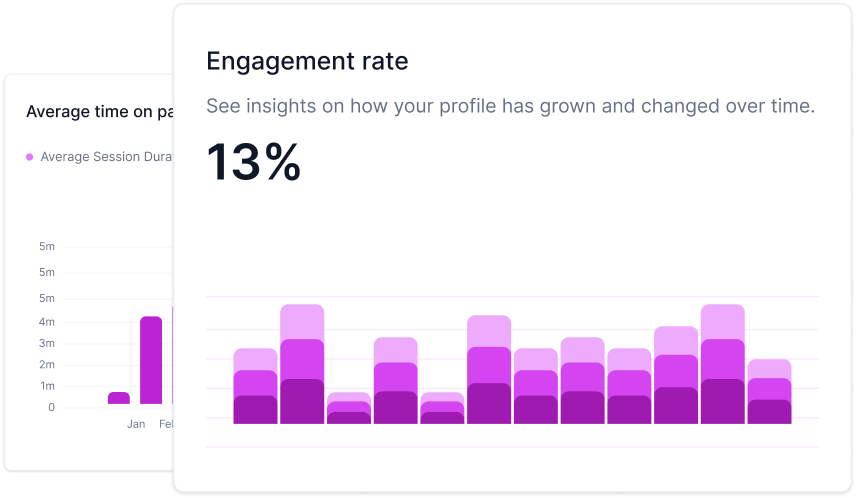What is Content Syndication?
Content syndication is a strategy where your content, such as articles or blog posts, is republished on other websites or platforms to reach a wider audience and gain more exposure. It helps in amplifying your content's reach and driving traffic back to your own website or blog.
In the ever-expanding digital landscape, getting your content in front of the right audience is crucial. One strategy that can significantly amplify your content's reach is content syndication. In this article, we'll explore what content syndication is, how it works, its benefits, and ways to navigate potential challenges.
How Does Content Syndication Work?
Content syndication is the practice of republishing your existing content, such as articles, blog posts, or videos, on other websites or platforms. It offers a win-win scenario for both content creators and publishers. Here's how it works:
- Content Submission: As a content creator, you identify websites or platforms that align with your target audience. These can include industry-specific websites, news aggregators, or content syndication networks.
- Pitch or Submission: You approach these platforms with your content and pitch it for syndication. Some platforms may have guidelines for content submission, and you'll need to comply with their requirements.
- Approval and Publication: If your content aligns with the platform's criteria, it gets approved for syndication. They may publish it as-is or with minor adjustments.
- Attribution: Your content is published with proper attribution, typically including a byline and a link back to the original source (your website or blog).
- Reach and Exposure: Your content gains exposure to a new and potentially larger audience through the platform's readership.
What Are the Benefits of Content Syndication?
Content syndication offers a range of benefits, making it a valuable addition to your content marketing strategy:
- Expanded Audience Reach: By sharing your content on third-party platforms, you tap into new audiences that might not have discovered your content otherwise.
- SEO Boost: High-quality backlinks from reputable syndication sources can improve your website's SEO rankings and domain authority.
- Enhanced Brand Visibility: Syndication increases your brand's visibility and authority in your industry. It establishes you as a thought leader.
- Time and Resource Savings: Syndication allows you to extend the life of your existing content without constantly creating new pieces.
- Improved Lead Generation: Exposure to a broader audience can lead to increased traffic and potential leads for your business.
What Are the Potential Challenges in Content Syndication?
While content syndication offers numerous advantages, it's not without its challenges. Here are common issues and how to address them:
- Duplicate Content Concerns: Syndicating content may lead to duplicate content issues, which can affect SEO. To mitigate this, use canonical tags to specify the original source, or rework the content slightly for syndication.
- Loss of Control: Once your content is published on another platform, you may have limited control over how it's presented or edited. To avoid this, maintain clear communication with syndication partners and ensure your content retains its essence.
- Mismatched Audiences: Not all syndication platforms may align perfectly with your target audience. Be selective in your choices and prioritize platforms with a readership that matches your content.
In the digital age, the reach and impact of your content can be substantially magnified through content syndication. By understanding how it works, embracing its benefits, and proactively addressing potential challenges, you can make the most of this powerful strategy to increase your brand's online presence and connect with a broader audience.

